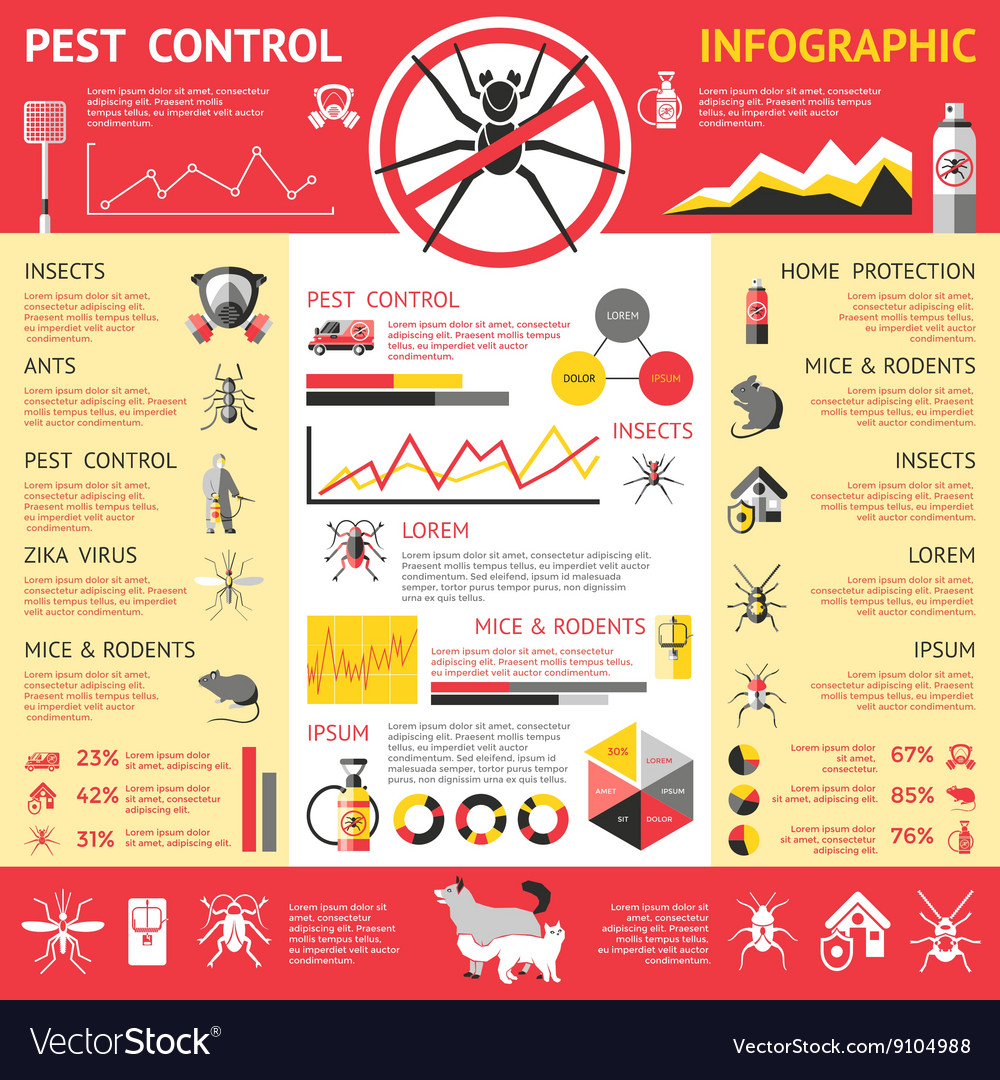Tips For Homeowners To Keep Rodents Out Of Their Attic Rooms
Tips For Homeowners To Keep Rodents Out Of Their Attic Rooms
Blog Article
Authored By-Silver Cheek
Imagine your attic room as a cozy Airbnb for rodents, with insulation as cosy as resort cushions and circuitry more enticing than area solution. Now, picture these undesirable visitors tossing a wild event in your home while you're away. As a property owner, guaranteeing your attic room is rodent-proof is not almost assurance; it has to do with shielding your building and loved ones. So, what basic actions can you require to secure your shelter from these fuzzy burglars?
Inspect for Entrance Details
To start rodent-proofing your attic room, examine for entry factors. Beginning by carefully analyzing the outside of your home, trying to find any type of openings that rats might use to get to your attic. Look for voids around energy lines, vents, and pipes, along with any type of fractures or holes in the foundation or siding. Make certain to pay very close attention to locations where various structure products meet, as these are common access factors for rats.
Additionally, inspect the roof for any kind of harmed or missing out on shingles, along with any kind of spaces around the sides where rats can press via. Inside the attic, search for signs of existing rodent task such as droppings, ate cords, or nesting materials. Use a flashlight to thoroughly check dark edges and hidden spaces.
Seal Cracks and Gaps
Evaluate your attic room completely for any type of splits and voids that need to be secured to avoid rats from going into. outdoor bug control can squeeze with also the tiniest openings, so it's critical to seal any potential entrance points. Inspect around pipes, vents, wires, and where the walls satisfy the roofing system. Make use of a combination of steel woollen and caulking to seal these openings effectively. Steel woollen is an exceptional deterrent as rodents can not chew with it. Make sure that all spaces are tightly secured to reject access to unwanted parasites.
Do not ignore bee and wasp removal of sealing voids around doors and windows as well. Usage weather removing or door moves to seal these areas successfully. Evaluate the locations where energy lines enter the attic room and seal them off using an ideal sealant. By taking the time to seal all cracks and voids in your attic, you produce a barrier that rats will locate hard to breach. Prevention is type in rodent-proofing your attic room, so be detailed in your efforts to seal any possible access factors.
Get Rid Of Food Resources
Take positive procedures to remove or store all potential food sources in your attic to prevent rodents from infesting the area. Rodents are attracted to food, so removing their food sources is critical in keeping them out of your attic room.
Here's what you can do:
1. ** Store food firmly **: Stay clear of leaving any food items in the attic. Shop all food in impermeable containers made from metal or durable plastic to stop rats from accessing them.
2. ** Clean up particles **: Remove any stacks of debris, such as old papers, cardboard boxes, or wood scraps, that rats could utilize as nesting product or food resources. Keep the attic clutter-free to make it much less attractive to rats.
3. ** Dispose of garbage correctly **: If you use your attic for storage and have waste or waste up there, ensure to deal with it on a regular basis and appropriately. Rotting trash bin draw in rodents, so keep the attic room tidy and free of any natural waste.
Final thought
To conclude, bear in mind that an ounce of avoidance deserves an extra pound of remedy when it involves rodent-proofing your attic.
By putting in the time to evaluate for entrance factors, seal splits and voids, and remove food resources, you can keep undesirable parasites away.
Remember, ' just click the next document of avoidance is worth an extra pound of cure' - Benjamin Franklin.
Stay aggressive and shield your home from rodent infestations.
